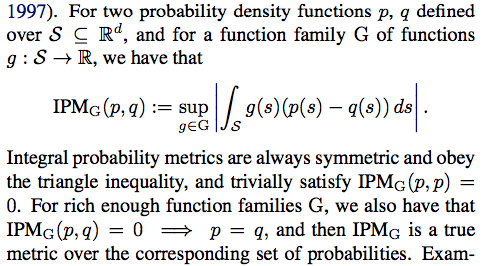Paper reading: "Predicting the Present with Bayesian Structural Time Series"

https://ai.google/research/pubs/pub41335/ Steven L. Scott, Hal Varian This 2013 paper from Google economists is a good read for the sake of building mental foundation for the well-known 2014 paper, Inferring Causal Impact Using Bayesian Structural Time-series Models , which accompanied the release of the R CausalImpact package . We'll read that in a later post on this blog. Predicting the Present lays out a system for "nowcasting"—predicting the present value of some time-series statistic, using past values of that time-series and past and present values of a bunch of other time-series. A motivating example from the paper: say we'd like to know the number of weekly unemployment claims in the US for the purpose of understanding macroeconomic trends. This statistic will eventually be released by a government agency, but we want it now . We can nowcast this statistic with its history and a bunch of correlated time-series whose current values are more-easily attai...



